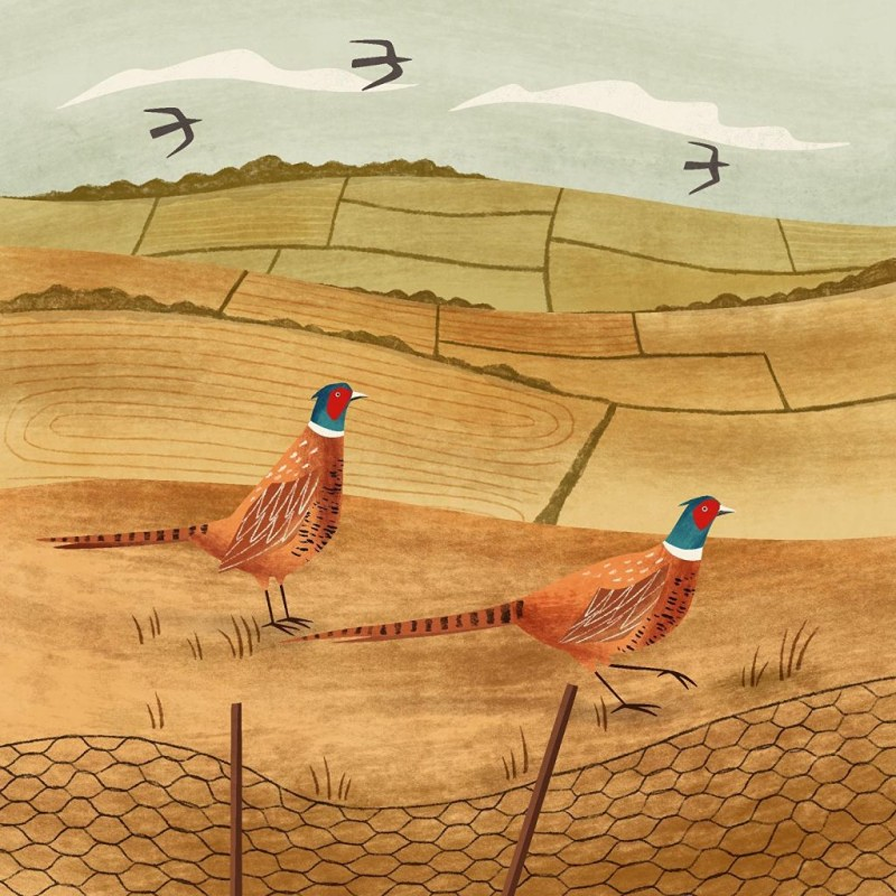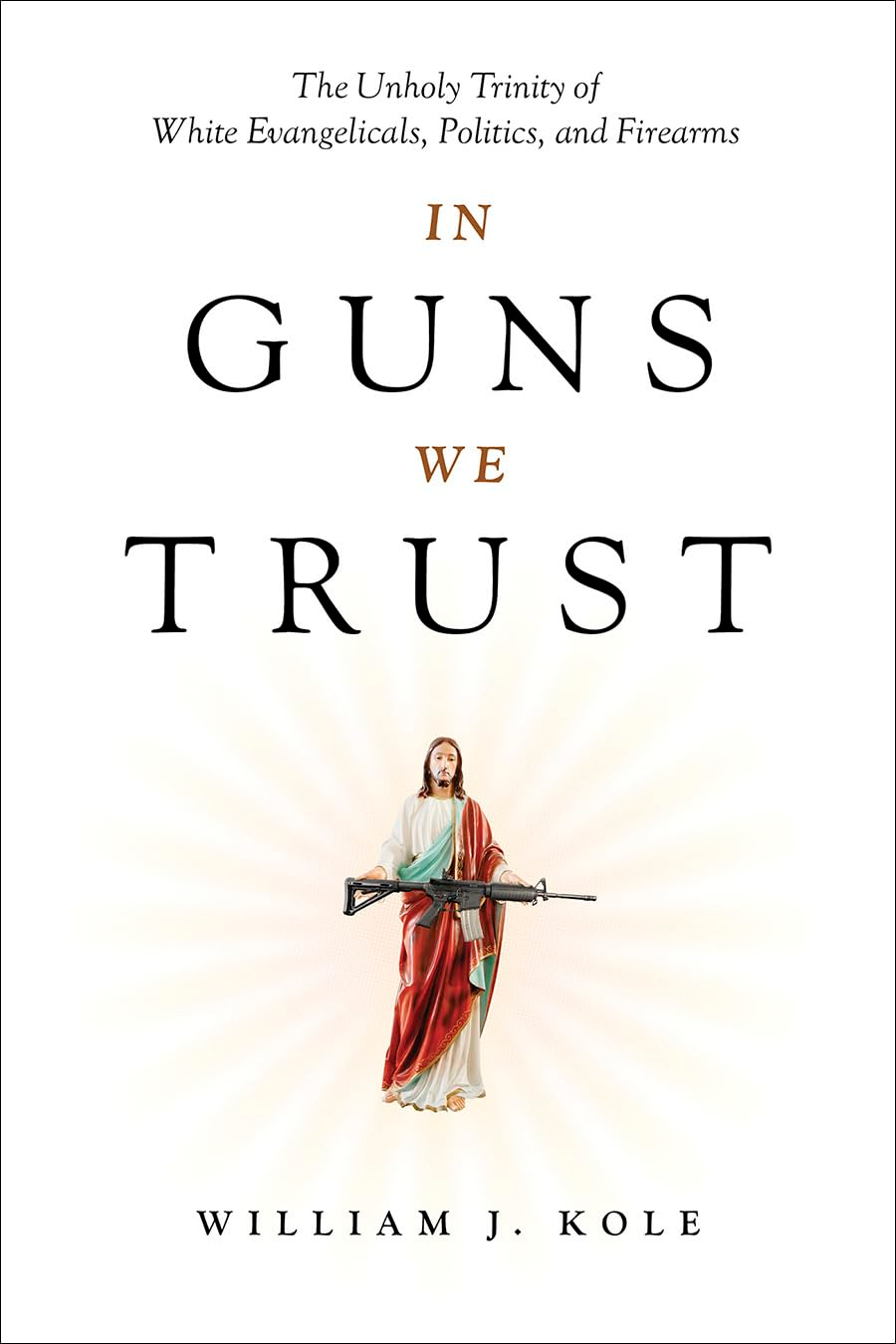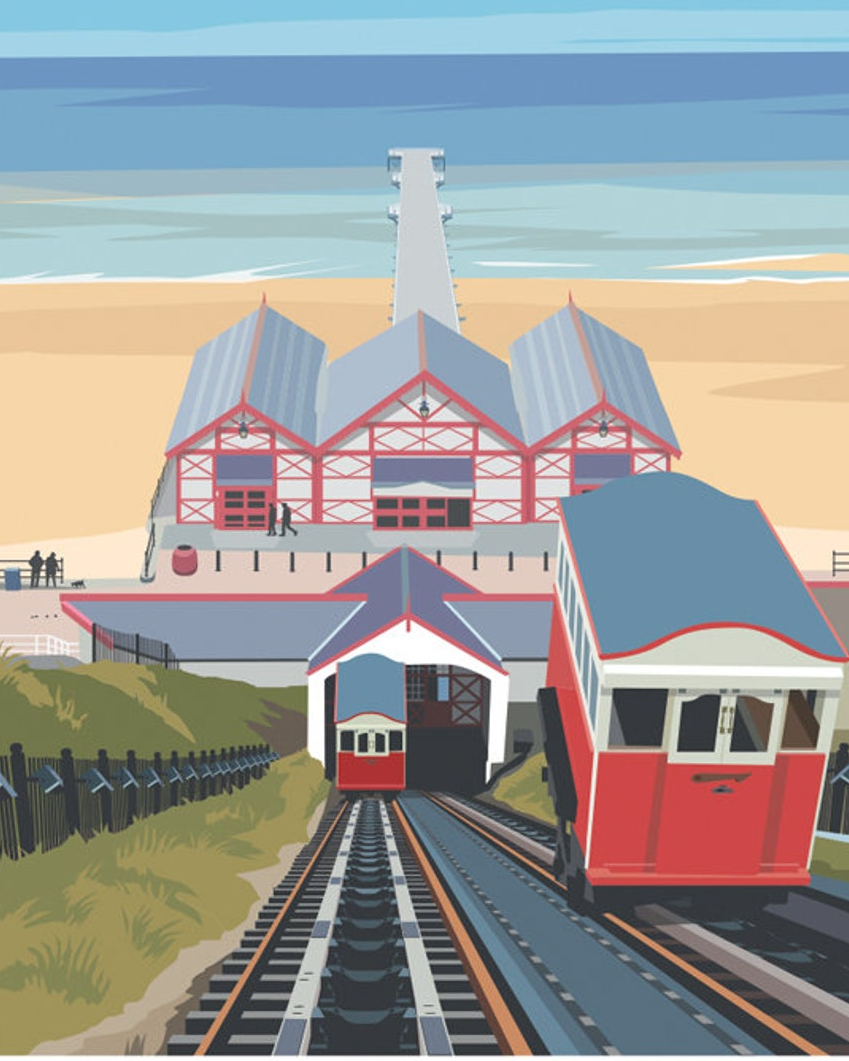Why Nearly All Floods are Completely Preventable

Floods are now the most common natural disaster on earth. Just 1 inch of water flooding homes can destroy them, and councils then have to pay to people in temporary accommodation, as flooded homes are damp and can carry dangerous bacteria (in the USA, people even have to check for snakes before returning).
England (and the world) is now suffering more floods, due to freak weather caused by climate change. But mostly due to trees being chopped down (trees absorb phenomenal amounts of water). Another big issue is hunting (the industry flattens peat bogs, and peat again absorbs water, as well as housing important habitats for rare plants and wildlife).
The Met Office offers flood warnings. Create a simple plan (tinned food, bottled water, pet blankets and crates) and if caught, move to the highest place you can find).
Never touch electrics (only return to homes, once allowed). Drinking water, washing hands, cooking or brushing teeth could make you sick.
How The Netherlands Copes with Floods
The Netherlands sits below sea level, surrounded by rivers and the North Sea. In 1953, a flood that covered almost 10% of farmland led to 2000 people dying, and since then, Dutch towns made big changes, so hardly anywhere floods.
How? An unbroken chain of dikes (formations to hold back water), sluices, (sliding gates to control water), canals and pumps. Giant sea gates in Holland close, at even the whisper of a storm. Polders Polders (neat squares of reclaimed land) stay dry, thanks to tireless pumps. With daily maintenance.
Although sandbags can hold back water (or redirect it around vulnerable places), there are better inventions to use alongside:
- Floodsax inflate in 5 minutes, when filled with water. The semi-porous inner lining contains a gel that absorbs water to become taut, and moulds into doors to keep water out.
- ClimaGuard can be placed over cars, furniture or even golf clubs. Easy to use by one person, the Anchor Straps secure vehicles, to them floating away.
- Water-Gate Anti-Flood Barrier is powered by water pressure, requires little time and no tools or electricity. In just minutes, unroll and unfold the front flap to see the ballast (speed or direction of water does not matter).
How Deforestation Lets Water Run Wild
When forests are chopped down, it causes floods, as bare soil does not hold water well. Rain that once soaked into the ground, then races across the ground and gathers speed, turning tiny streams into dangerous currents.
Old-growth forests are being destroyed worldwide to make everything from toilet paper to replace them with cheap palm oil plantations. Always choose zero waste alternatives, to help stop this happening.
Peat Bogs and Wetlands: The Lost Sponges
- Bogs and marshes can hold staggering amounts of water. Restoring wetlands by flooding drained meadows is key.
- Another idea used in Portland (Oregon) is to plant bioswales (long shallow trenches filled with plants). So instead of flooded gutters, heavy rain is absorbed by plants, then drains safely into rivers and seas, to prevent floods.
- Bioswales only work with correct slopes (they also don’t work well for high-clay soils). As they are in public places, choose pet-safe plants.
- Green roofs are lined with sedum and other plants, again to catch rain, which is then absorbed or filtered away down drains. Manchester’s Unicorn Grocery has planted a green roof that helps reduce floods, and also supports habitat of black redstart birds.
- Avoid buying peat compost. This is home to many endangered plants and wildlife, and when removed causes floods. Make your own compost or buy peat-free versions.
Keep fresh compost away from pets, due to containing mould. Some mulches (like cocoa, pine and rubber) are unsafe near animals. Read our post on pet-friendly gardens.
Pheasant Shoots Can Cause Floods

The other issue is the grouse-hunting industry. Heather moorlands (peatland) is burned each year, to encourage the growth of tender heather shoots, that red grouse feed on. This removes older heather, which benefits grouse populations, so more can be shot for ‘sport’.
Learn more in Mark Avery’s book Conflict in the Uplands.
Beavers: Nature’s Flood-Reducing Architects!

Beavers spend all their lives building dams, using strong teeth to gnaw through tree trunks. Previously hunted almost to extinction, today rewilding projects are having huge effects on reducing floods.
When beavers were released into a river in Devon, they reduced flood flow by up to 60%, even in very wet weather. Yet in 6 years, the government spent £2.6 million on flood defences. Beavers can do that – for free!
It’s really important that rewilding is only done by ecological experts, to avoid putting both them and other creatures at risk.
Has England Experienced Major Floods?
Yes, but they are getting worse. In recent years, former Prime Minister Boris Johnson turned up (3 weeks after a flood), after enjoying a half-term break at a luxury government mansion. When heckled by residents (one local resident had died), he replied ‘I hope you will do the right thing and elect (a Conservative candidate).
Meanwhile, Yorkshire had suffered due to lack of investment in flood defences. When Boris tried to talk to a local resident, the no-nonsense Yorkshireman replied ”Do your f***ing job’.
Floods in the last 100 years have included:
1928 – 14 people died (and 14,000 people were made homeless) when a flood (caused by heavy snowfall thawing in the Cotswolds and moving along the Thames) affected central London. People literally swam for their lives. The result was the Thames Flood Barrier (completed in 1984).
1952 – The north Devon village of Lynmouth was flooded (34 people died) due to heavy rain on Exmoor that poured into the village, destroying 100 homes. One resident said he saw a row of cottages ‘fold up like a pack of cards’ and sweep away. The entire village more or less had to be built again.
1968 – Many south east counties were flooded due to heavy rain in ‘the great flood’ that killed 8 people and flooded 3000 homes. 150 passengers were trapped on a train for 12 hours. Most of the London borough of Lewisham was underwater (the mayor owned a boat and was able to personally evacuate many residents).
2004 – The Cornish village of Boscastle had 2 rivers burst their banks due to heavy rain, causing around one billion litres of water to enter the area. Miraculously, no people or pets died. Though likely wildlife did (and many people lost their homes, businesses and cars).
People were finding uprooted trees in their garden and the church was swamped by water and mud. And the village suffered massive tourism loss (the main source of income in Cornwall).
2007 – This extremely wet year caused floods that killed 13 people and millions of others were hit by power and water cuts. The Gloucestershire town of Tewkesbury became cut off, due to being surrounded by water.
How to Prevent Worldwide Tsunamis
Tsunamis create massive waves that remove sand from beaches, sweeping everything (including trees) away. Often triggered by earthquakes, most occur in the Pacific Ocean.
- Over the Seawall is a book on preventing worldwide floods, written after Japan’s huge concrete barrier did nothing to save people from a huge tsunami in 2011.
- Hazardous Seas looks at affordable simple tools to detect tsunamis (like low-cost underwater sensors) that could help prevent them (tsunamis have claimed 250,000 lives in Japan and Indonesia combined, in recent years).
Garden presenter Charlie Dimmock suffered unimaginable loss in 2004, when both her mother and step-father were two of the hundreds of thousands of people, who lost their lives in the 2004 tsunami.
A Tragic Personal Aftermath of a Tsunami
If you’re a fan of the Swedish detective series Wallander, you may remember the sad tale of actress Johanna Berglund-Sällström who played his daughter. She clung to a tree (and her toddler daughter) during the Asian tsunami.
But the trauma of watching people swept to their deaths (including friends) never left her. She suffered years of mental health problems before committing suicide (tragically, her daughter did the same 7 years later, a week before her 13th birthday).






